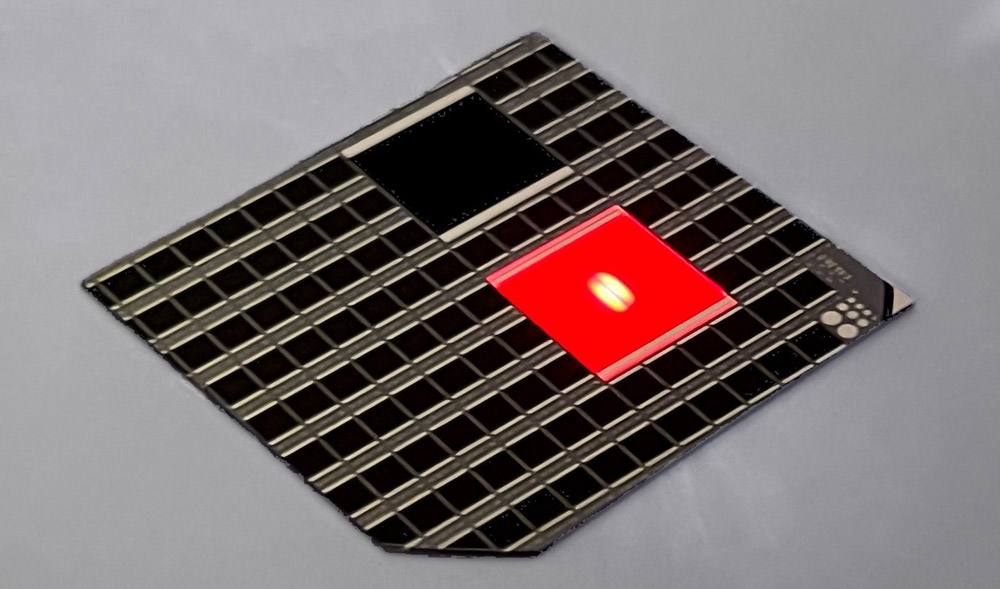News: Photovoltaics
17 July 2025
Fraunhofer ISE develops indoor photovoltaics with over 40% efficiency
Fraunhofer Institute for Solar Energy Systems ISE in Freiburg, Germany has developed solar cells based on III-V semiconductors that can achieve an efficiency of over 40% indoors (Kliitzke et al, Applied Physics Letters 127, 023301).
By optimizing the design and improving the quality of the solar cell absorber material, the research team achieved high efficiencies even under very low light conditions of just 100lux. This makes the technology particularly attractive for autonomous Internet of Things (IoT) applications that operate indoors without an external wired power supply.
Indoor photovoltaics use the artificial light indoors to generate electricity. This technology is particularly useful for devices that cannot be constantly charged, such as many components in IoT systems. “Various photovoltaic technologies can be used for this purpose,” notes Dr Henning Helmers, head of department at Fraunhofer ISE. “Solar cells based on III-V semiconductors reach the highest efficiencies; this especially applies to artificial (LED) light.”

Picture: Under laser excitation, the GaInP indoor solar cell glows bright red, indicating the high material quality.
In their study, the researchers optimized gallium indium phosphide (GaInP) solar cells, as their bandgap is almost ideal for converting visible light into electricity. “We investigated how well the solar cells with different architectures work under low light conditions,” summarizes Fraunhofer ISE scientist Malte Klitzke, lead author of the study. “It was shown that the n-doped GaInP cell performs significantly better than the p-doped cell. Charge carriers in n-doped GaInP cells have a longer lifetime, and thus they can produce more electricity even under weak light. This enabled us to achieve very high efficiencies with them in our experiments when converting weak indoor light into usable power.”
The research result combines findings from several research projects: ‘50Percent’, funded by Germany’s Federal Ministry of Economics and Climate Protection (BMWK), ‘H2Demo’, funded by the Federal Ministry of Education and Research (BMBF) and ‘SMART’, supported by AZUR SPACE Solar Power GmbH of Heilbronn, Germany (which develops and manufactures multi-junction solar cells based on III-V compound semiconductor materials) and the German Space Agency (DLR).
Fraunhofer ISE raises solar cell efficiency record from 46.1% to 47.6%
Fraunhofer ISE inaugurates Center for High Efficiency Solar Cells









